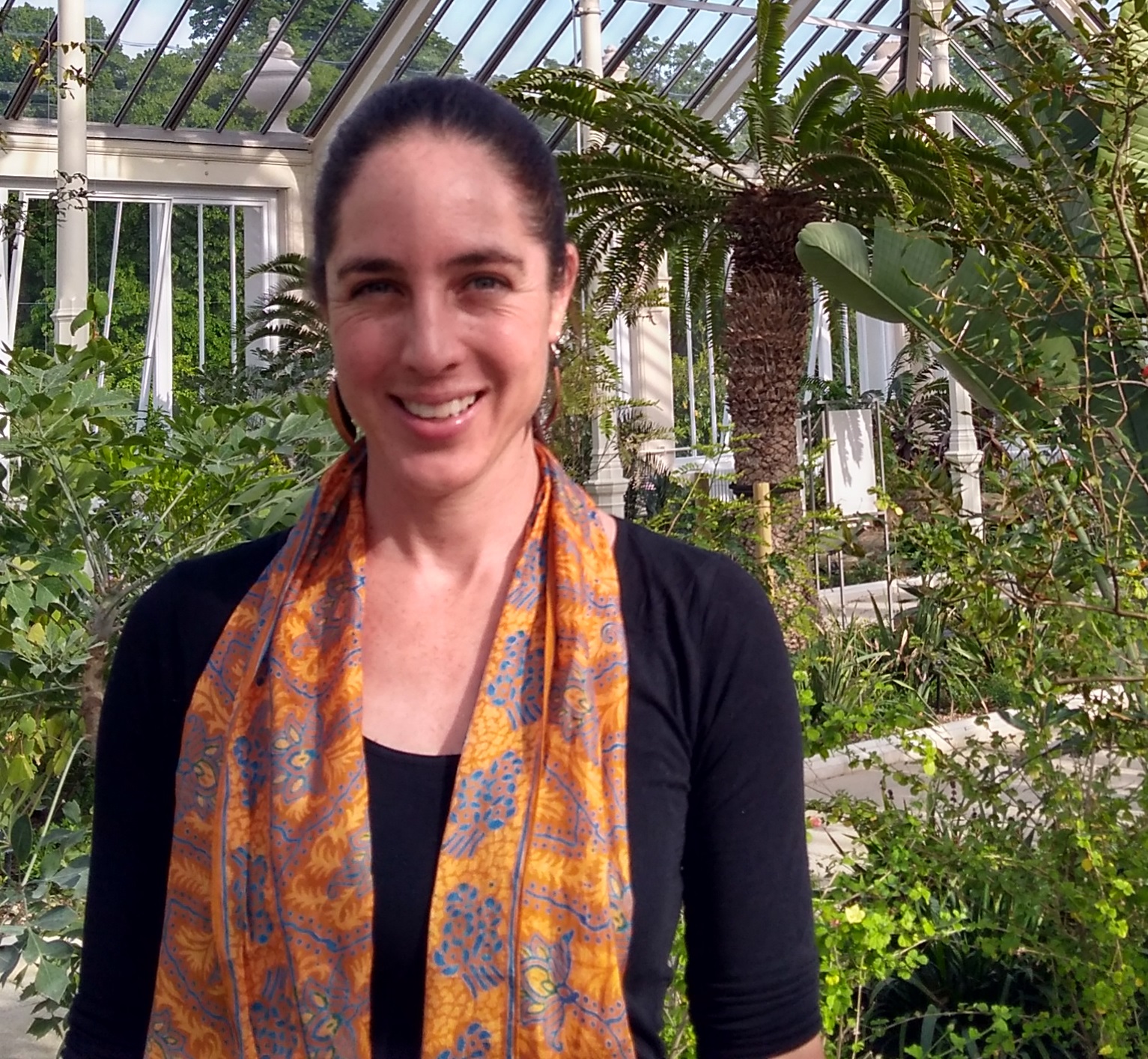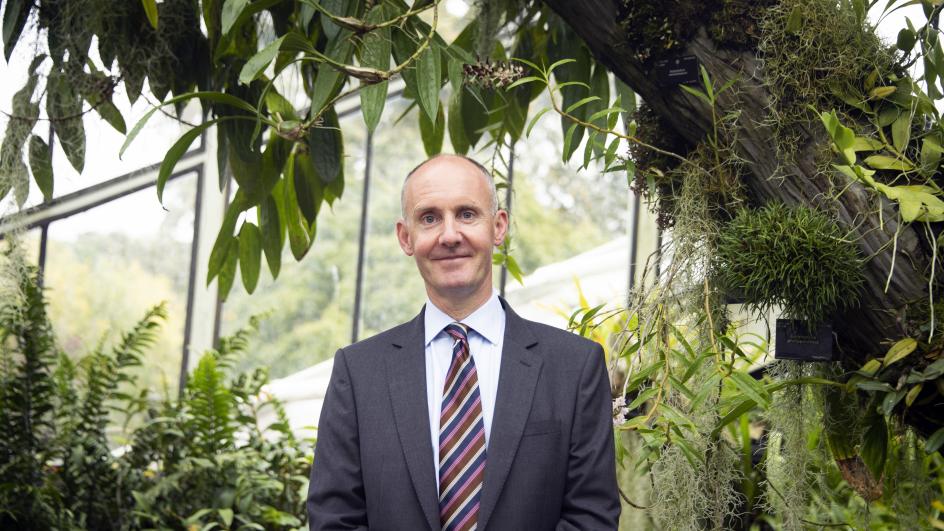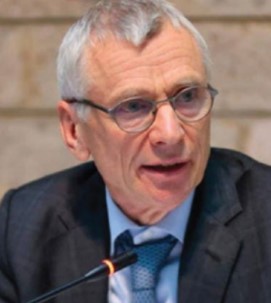The Global Biodiversity Standard is the world’s most scientifically rigorous biodiversity certification that recognises and promotes the protection, restoration, and enhancement of biodiversity.
It provides assurance that land management interventions such as tree planting, habitat restoration and agroforestry practices undertaken by organisations and governments are protecting, safeguarding, and restoring biodiversity, rather than inadvertently causing harm.
Its mission is to replace the ‘any tree at minimal cost’ solution to climate change and tree planting with long-term, best practice solutions that combine the considerations of biodiversity, local communities, and carbon capture by providing recognition, incentives, assurance and knowledge.
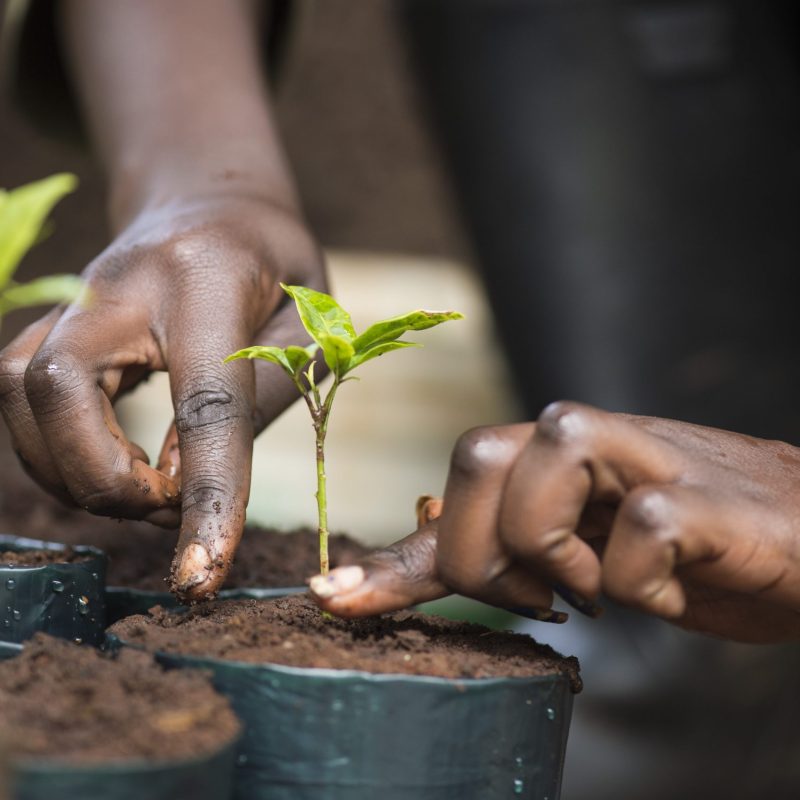
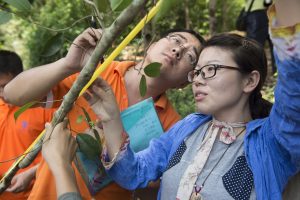
Recognition
The Standard will recognise projects that have a positive impact on biodiversity and are protecting, safeguarding, and restoring natural ecosystems.
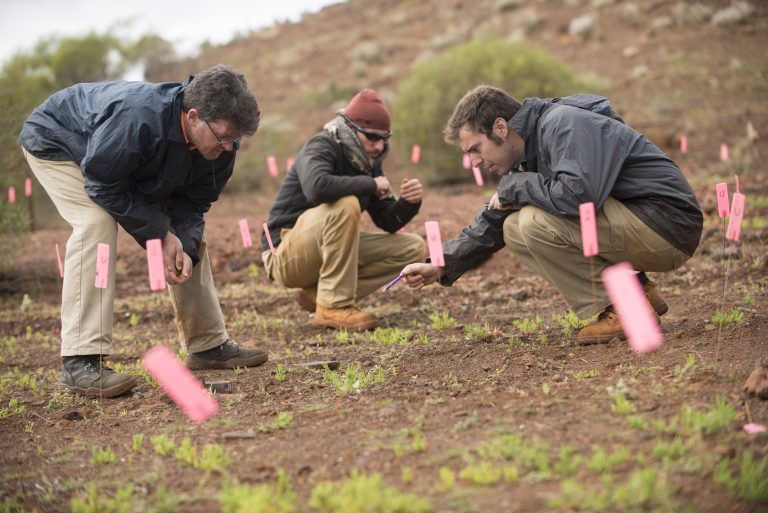
Incentives
By publicly recognising best practice, we will provide incentives for organisations to incorporate a diversity of native species into planting and land management programmes.
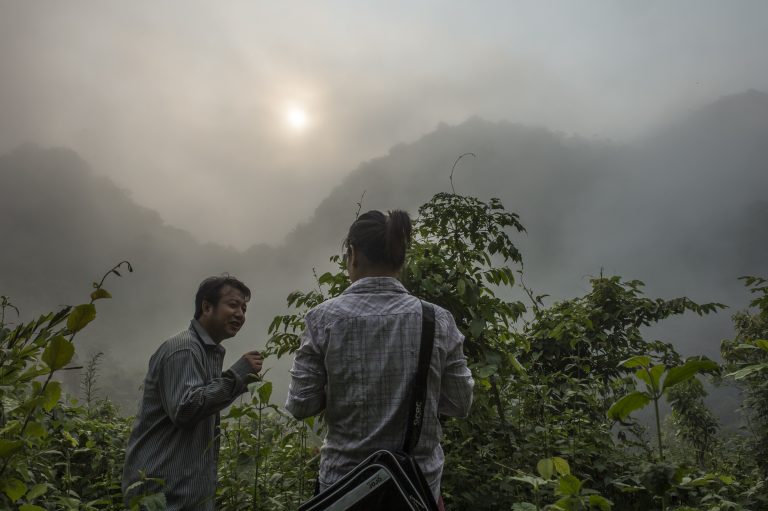
Assurance
The Standard will provide assurance to governments, financiers of large-scale tree planting, and the public that initiatives are promoting and protecting biodiversity, not contributing to its decline.
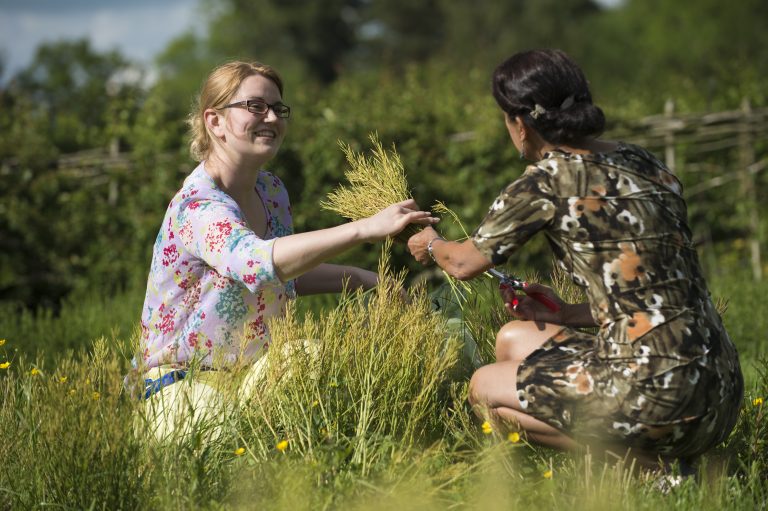
Knowledge
The Standard will provide knowledge, data, and mentoring for policymakers, financiers, brokers, and tree planting groups to develop land management practices that protect, restore and enhance a biodiverse world.
Our values
Our mission is to halt the biodiversity crisis. The Standard will:
Protect and restore biodiversity
Deforestation, pests and disease, climate change and the introduction of invasive species have led to the destruction of the world's biodiversity. We will halt the biodiversity crisis.
Use the knowledge of local and international experts
The Standard will employ the world’s largest plant conservation network with over 900 member institutions and 60,000 experts in over 100 countries.
Be objective and independent
We have unrivalled experience in threatened tree species recovery and access to the most up to date scientific data on plant diversity.
Be accessible and equitable
The Standard will be designed to be easy to apply for, affordable, relatively rapid, and applicable to projects at all scales and stages of development
Methodology
The Standard brings together the tried and tested knowledge of the global botanical community, with the expertise of local communities, to initiatives across the world.
As a site-based assessment and certification, all land management initiatives, including habitat restoration, tree planting and agriculture initiatives, will be eligible for certification, enabling organisations to demonstrate to the world that their climate solutions promote biodiversity and do not accelerate its decline.
Sites will be assessed against the following eight criteria, and will need to:
- Select appropriate sites to enhance native biodiversity
- Enhance protection of existing habitats and biodiversity
- Protect, restore, and manage biodiversity in consultation and partnership with local communities and other stakeholders
- Aim to maximise biodiversity recovery through ecosystem restoration
- Avoid and reduce invasive or potentially invasive species
- Prioritise the use of native, threatened, and rare species
- Promote biodiversity and adaptive capacity
- Implement robust monitoring, evaluation, and adaptive management of biodiversity.
The criteria are based on our 10 Golden Rules for Reforestation paper which outlines how to deliver reforestation that promotes biodiversity recovery, carbon absorption, and socio-economic benefits to local communities.
Following the announcement of Standard at COP-26 in November 2021, the certification methodology underwent real world testing conditions with trusted partners. It is now published and TGBS was officially launched at CBD COP-16 in October 2024.
How You Can Help

